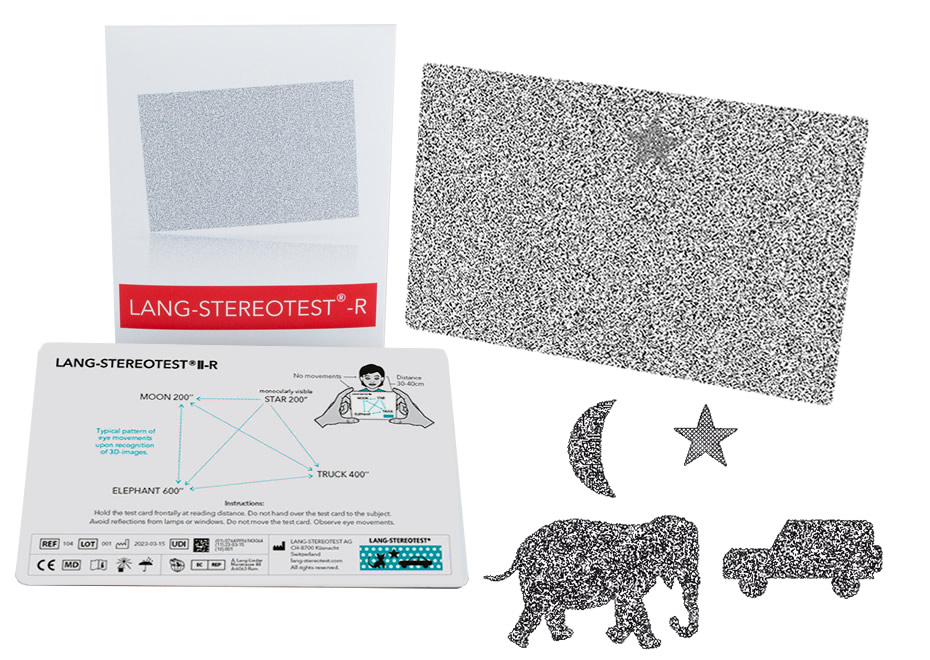-
The oldest known publication on the use of a graticule as a parallax barrier to produce an autostereogram is found in an article by Auguste Berthier in the French scientific journal "Le Cosmos" in 05-1896.
What has remained familiar is the Berthier diagram: AB=glass plate, with ab=opaque lines, P=image, O=eyes, cn=blocked and allowed view.
-
In 1898, John Jacobson of Boston patented the stereograph of an interlaced stereoscopic image and "a transparent support for the image with a wavy or channelled surface". The wavy lines or channels were not yet truly lenticular, but this is the first known autostereogram that used a wavy transparent surface.
-
American inventor Frederic Eugene Ives patented the parallax stereogram, the first autostereoscopic "3D display technology" without glasses, after 16 years of development. A composite image consisting of fine interlaced vertical splinters of a stereoscopic image pair was seen in 3D when viewed through a slightly separated fine grid of correctly spaced alternating opaque and transparent vertical lines, now known as the parallax barrier. The grid allowed each eye to see only the slivers of the image intended for it.
-
The French mathematician Eugène Estanave continued Ive's research. He experimented with rod-shaped lens arrangements and interlaced multiple views of photos to create stereoscopic photos without the use of glasses. This "autostereoscopic plate" was patented in 1906. In 1910 he extended his patent to include animated stereoscopic photographs by using line sheets with vertical and horizontal lines that combined 4 photographs: two stereoscopic pairs of two different moments. His animated 3D photographs can still be admired in museums around the world.
-
Invention of the lenticular technique by the French Nobel Prize winner and physicist Gabriel M. Lippmann. Instead of using opaque parallax barriers, he put forward the idea of using an array of tiny spherical convex crystalline lenses to display stereoscopic integral images. Today this array of lenses is called Fly's Eye . At that time, the materials were lacking to produce a lenticular with the optimal optical properties. Lippmann's ideas were the basis of further research into animated and stereoscopic lenticular images.
-
In 1912, the Swiss Nobel Prize winner and physiologist Walter Rudolf Hess applied for patents for a stereoscopic image with a "celluloid cover and surface of cylindrical lens elements". The cylinder raster process, also called lenticular separator, is a parallel vertical arrangement of half-cylinders, under each of which are two strips of a stereo image pair. This method enables stereoscopic object presentation without any aids and is the basis of the lenticular films known today.
-
The Hungarian perceptual psychologist Béla Julesz, a pioneer of cognitive science, became famous for his experimental studies on visual perception of deep vision.
In 1959, he introduced his well-known random dot stereograms, pairs of images with randomly distributed dots that differed only in one in small details, such as the displacement of a subset of dots.
When a group of random dots is displaced horizontally (cross-disparation), the observer gets the impression of a depth shift of the dots with spatial effect. There is a difference in height between the dots on the first image and their changed position on the second image, because the brain tries to get both images to coincide.
Julesz called these effects cyclopean vision, because they only occur when the images are put together in the brain, and not in the respective eyes. He thus proved experimentally that spatial perception only arises in the brain.
-
First edition medical textbook "Strabismus". Joseph Lang knew the problems of practicing ophthalmologists who felt overwhelmed by squinting children. He called a spade a spade in his straightforward, compact textbook and stripped strabology of its mystique - also to weed out ineffective pseudotherapies. His guide was a resounding success and was the first choice for training ophthalmologists and orthoptists in the field of strabismus treatment for four decades. His practical book was translated into several languages and four revised editions followed.
-
Habilitation thesis "Microstrabismus" by Joseph Lang. In the present work Lang dealt in detail with the clinical picture of microstrabismus recognized by him. This is a cosmetically inconspicuous strabismus with a very small squint angle, which is nevertheless frequently associated with strabismic amblyopia and anomalous retinal correspondence and is often discovered too late. It even turns out to have become a kind of key in the diagnosis and therapy of strabismus.
With this publication, Lang was the first to coin the term "microstrabismus," in English "microtropia."
-
Benno Louis Petrig succeeded for the first time in proving evoked stereopotentials by random dot stereograms in children and infants as part of his dissertation at ETH Zurich. The question was whether stereoscopic depth perception is innate in humans or only forms through early childhood visual experience. The studies and series of experiments were conducted with infants from 7 weeks to toddlers of 5 years and led to evidence that first stereoscopic stimuli can be elicited between the 10th and 19th week of life.
However, the greatest difficulties were encountered when testing infants to put on and tolerate the red-green glasses. -
Inspired by Petrig's discovery of infants' early developed stereo vision and the difficulties in testing them, Joseph Lang developed a new spectacle-free stereo vision test using stochastic dot stereograms for routine use with infants and young children.
Trials of the combined use of random dot stereograms and plastic cylindrical grid films proved successful: the stereoscopic figures became discernible floating above the background when viewed with both eyes.
The invention was made: a spectacle-free, highly specific and sensitive test for the reliable detection of stereopsis. It took another 2 years until it was ready for series production. -
Joseph Lang and Thomas Lang developed the first prototypes and variants of what would later become the Lang-Stereotest.
The new glasses-free Random Dot stereo test, unlike other commonly used stereo tests, is intended to have a handy and compact format so that ophthalmologists can easily carry it in their lab coat pocket. The postcard format was suitable for presentation at reading distance.
A variety of figures recessed and prominent in the random dot pattern with different cross-disparities were tested. The salient figures were found to be more recognisable.
Due to the coarse lenticular films of the 1980s, the cross-disparities had to be set relatively high at the beginning.
-
A variety of test figures for the Lang-Stereotest were tried out on young children. It turned out that a cat, a five-pointed star and a car in the shape of a limousine were recognised best of all the figures.
The recognition of the figures could be significantly improved if children were familiarised with these and other similar figures in advance.
For this purpose, the figures of the first prototypes of the Lang Fixation Cube and Lang Fixation Stick were adopted. The first Fixation Cubes were Lego cubes glued with figures mounted on pencils.
-
Market launch of the Lang-Stereotest, later called Lang-Stereotest I.
The first series of the Lang-Stereotest I was publicised mainly in Switzerland among paediatricians, ophthalmologists and interested general practitioners and school doctors and met with a very positive response.
The early eye examination of primary school pupils by general practitioners had a long tradition in Switzerland.
Due to the great response, targeted campaigns began to publicise the new test to paediatricians and ophthalmologists in neighbouring countries as well.
-
The individual company Lang-Stereotest was founded in Switzerland in 1983 to establish the Lang-Stereotest I on the international market and to support the marketing of the Lang Fixation Cube and the Lang Fixation Stick.
Until then, part of the largely manual production of the Lang-Stereotest I was done in his spare time and with the help of friends and family members.
-
Medical dissertation by Thomas Lang at the University of Zurich, Switzerland "The Lang Stereotest - Development, Experiments and Clinical Investigations".
This work included serial examinations of kindergarten pupils, members of the army and pilot candidates as well as experiments with prisms and artificial visual acuity reduction in normal-sighted people.
In addition, an evaluation of the new test was carried out on clinical patients from the ophthalmologic clinic of Joseph Lang in all children with strabismic amblyopia, microtropia and amblyopia due to anisometropia.
-
Joseph Lang developed small test series of the Lang Fixation Cubes and Lang Fixation Stick and had them produced by injection moulding. The aim was to test a new and innovative tool for examining children in practice. To achieve this, he gave away the first pieces to a large number of ophthalmologists and orthoptists. Through their feedback, important experience could be gained and suggestions for improvement could be taken into account.
-
Joseph Lang and Claudio Duff developed the Lang Stereotest II because many patients already knew the images of the Lang Stereotest I during repeat tests. Thus, both tests can be used alternately. Dot patterns and figures are designed digitally for the first time, the disparities are more finely selected than in the Lang Stereotest I .
In addition to three figures that are only visible binocularly (crescent moon, car and elephant), the new test version also contains a monocularly recognisable star with a different pattern. This is intended to increase the attention of small children and also give test subjects without stereo vision a small sense of achievement. -
50'000 Lang-Stereotest® I and II in use
-
Joseph Lang and his wife Cécile Lang transformed their successful sole proprietorship into Lang-Stereotest AG . This step enabled the company to pool its resources and skills and strengthen its presence on the international market. At the same time, this made it easier to hand over the company to the following generation.
-
The Lang fixation aids are launched on the market in large quantities and in an improved form. Thanks to different handle colours, the versions of the fixation cubes are henceforth easier to distinguish. Except for the star, each cube contains 4 different child-friendly pictures. This allows examiners to switch between the two versions, as children already know the pictures after a short time and are less attentive. The pictures on the fixation rod have also been changed and adapted to the dice.
-
Publication of the 5th revised edition of the reference book "Strabismus" by Prof. Dr. med. Joseph Lang. The book has become a standard work and has been translated into 5 languages: Spanish, Italian, French, English and Dutch.
-
100,000 Lang-Stereotest® I and II in use
-
Study by the Department of Ophthalmology, University Vita-Salute, Milano, Italy
"Stereo-testing as a screening tool for strabismus: which is the best choice?"
Published in Dove Press Journal "Clinical Opthalmology"."The most important finding of this study is that the Lang-Stereotest I has the highest sensitivity (89.8%) and specificity (95.2%) in detecting strabismus, including microstrabismus, compared with all other stereo tests. In addition, Lang-Stereotest I is the stereo test with the highest positive predictive value and the highest negative predictive value, both above 90%. Conclusion: The stereo test with the highest sensitivity, specificity, positive predictive value and negative predictive value is Lang-Stereotest I."
. -
Multi-year development of the Lang stereopad by Thomas Lang, Elena Lang and Corsin Duff, with many variants of random-dot stereograms, symbols and cross-disparities. In parallel, various prototypes were produced and reviewed and checked by several ophthalmologists.
In September 2016, Thomas Lang presented first prototypes of the Lang-Stereopad® at the IOA Congress (International Orthoptics Association) in Rotterdam.
Various experts from England, Portugal and Italy agreed to evaluate the Lang-Stereopad® in normal-sighted subjects and groups of children with visual impairments of all ages.
-
The market launch of the Lang Stereopad® and the presentation at the AAPOS/ISA meeting in Washington with 1,500 paediatric ophthalmologists followed. The new test was met with great interest.
The Lang-Stereopad® also combines random dot stereograms with a cylindrical grid surface. The test consists of six magnetic test cards. Each contains a different test figure with different cross-disparity. The test cards are presented individually or in combination on the red test plate.
The spectacle-free test allows for more sophisticated ways of screening and checking stereopsis, especially in children of preverbal age, using the preferential looking method. In addition, a stereopsis threshold can be determined.
-
Comparative analysis of the Lang-Stereopad in a non-clinical population, Strabismus 2019. Fiona J. Rowe, University of Liverpool UK). In a prospective cross-sectional study, the results of determining stereoscopic acuity on the Lang stereopad were compared with those on the Lang-Stereotest II-, the Frisby stereotest and the TNO stereotest.
The average values of stereoscopic acuity were about twice as high on the Lang-Stereopad compared with the Frisby test and TNO test, and even higher on the Lang-Stereotest II. None of the tests showed a correlation with the difference in eyesight.
The easy, spectacle-free feasibility and the large test range of the Lang-Stereopad were emphasised positively.
-
Market launch of the Lang-Stereotest® I-R - a comprehensively revised version of the Lang-Stereotest® I.
This revised version has improved optical and print quality compared to the previous Version I and has no monocular clues when used correctly. New is a brief instruction in English on the back of the test card, with a schematic illustration for correct use, the mirror-image arrangement of stereo objects and typical pattern of eye movements in stereopositive subjects.
The marketing of the previous version was discontinued in 2019.
-
164'000 Lang-Stereotest® I and II in use
65'000 Lang fixation aids in use. -
Market launch of the Lang-Stereotest® II-R - a revised version of the Lang-Stereotest® II.
This revised version also has improved optical and print quality compared to the previous version II and has no monocular clues when used correctly. New is a brief instruction in English on the back of the test card, with a schematic illustration for correct application, the mirror image arrangement of the stereo objects and typical pattern of eye movements in stereopositive subjects.

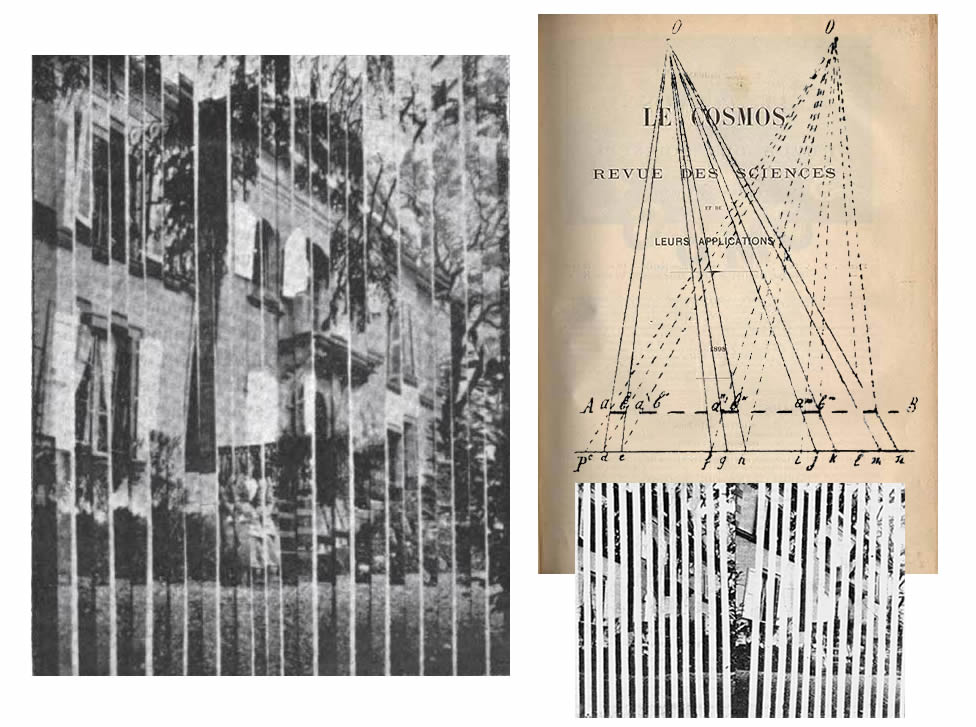
.jpg)
.jpg)
.jpg)
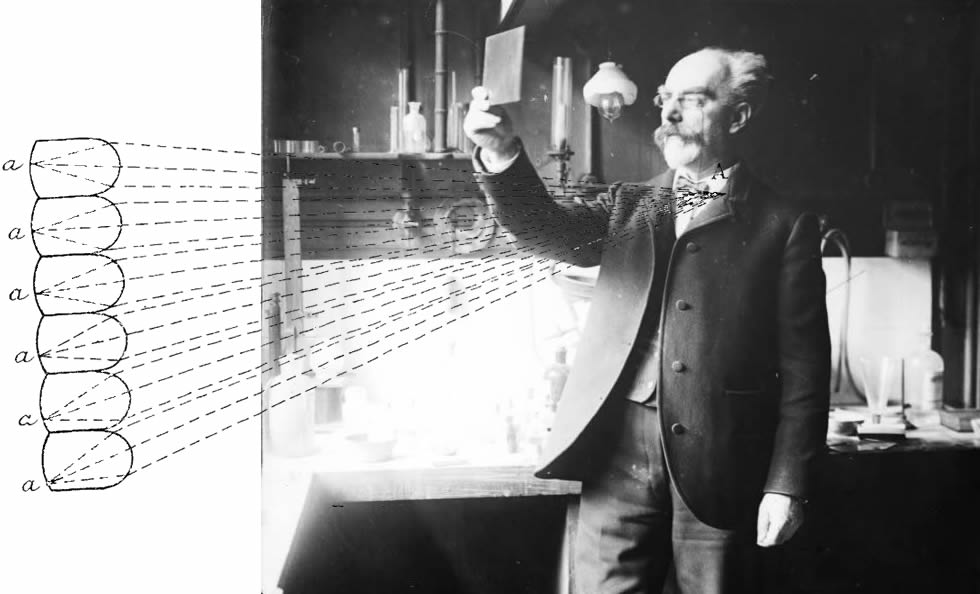
.jpg)
.jpg)
.jpg)
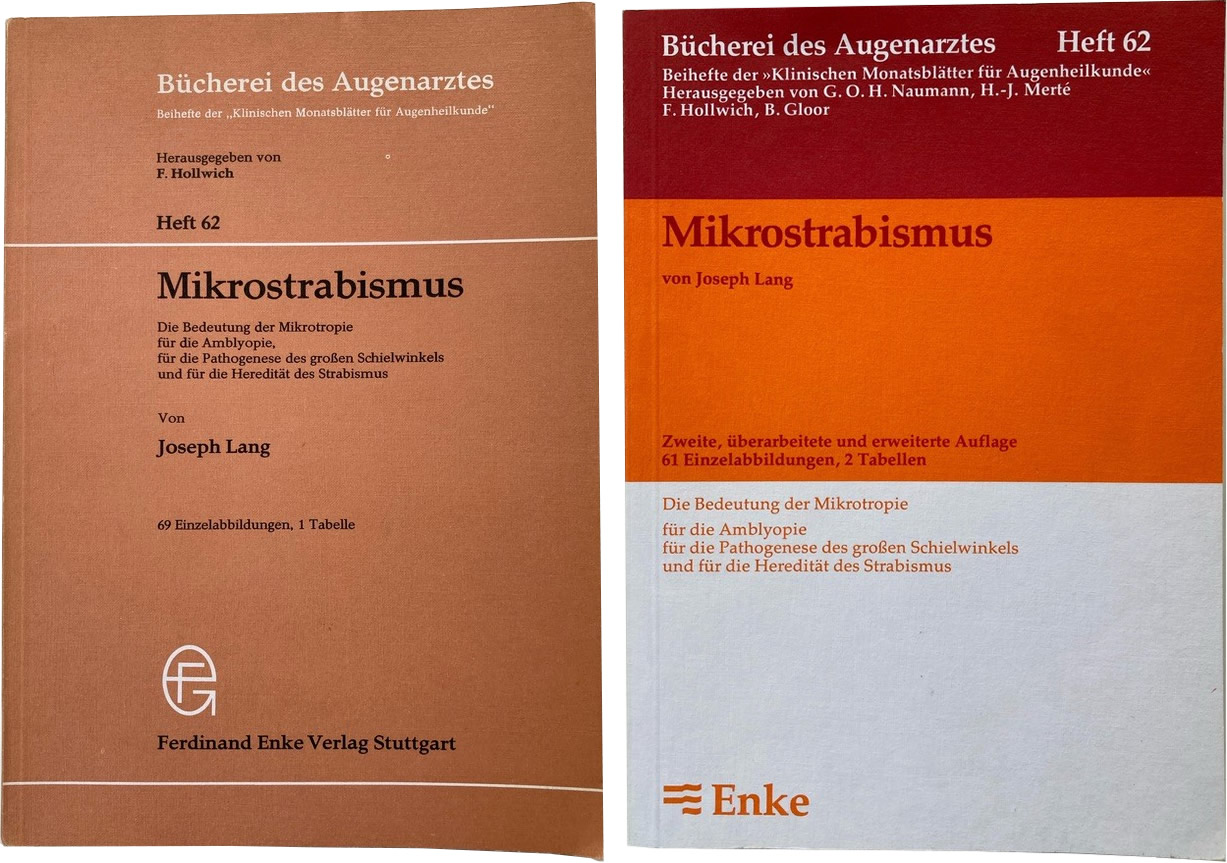
.jpg)
.jpg)
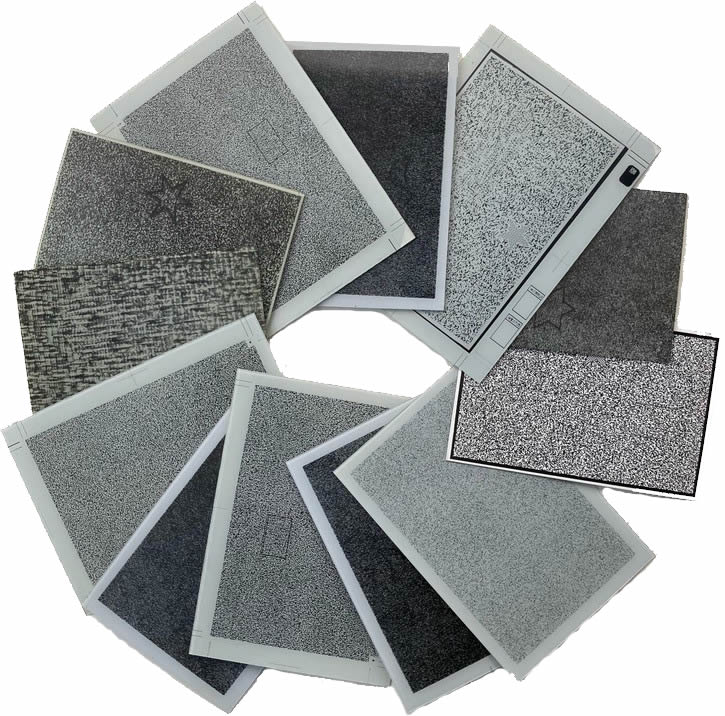
.jpg)
.jpg)
.jpg)
.png)
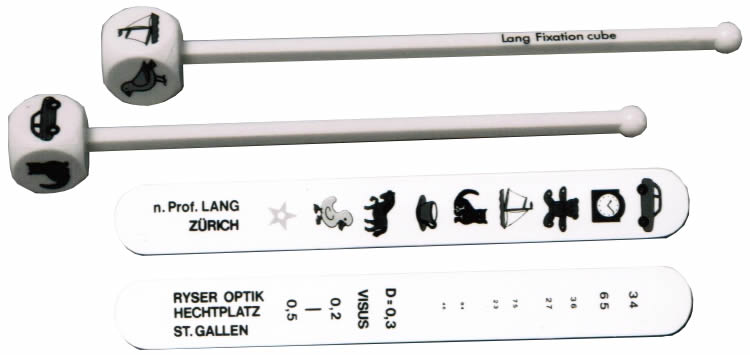
.png)
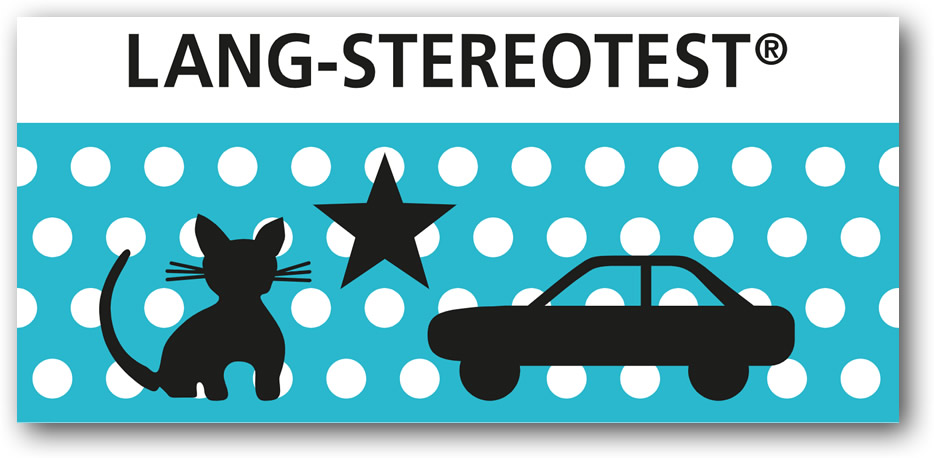
.jpg)
.jpg)
.png)
.png)
.jpg)
.jpg)
.jpg)
